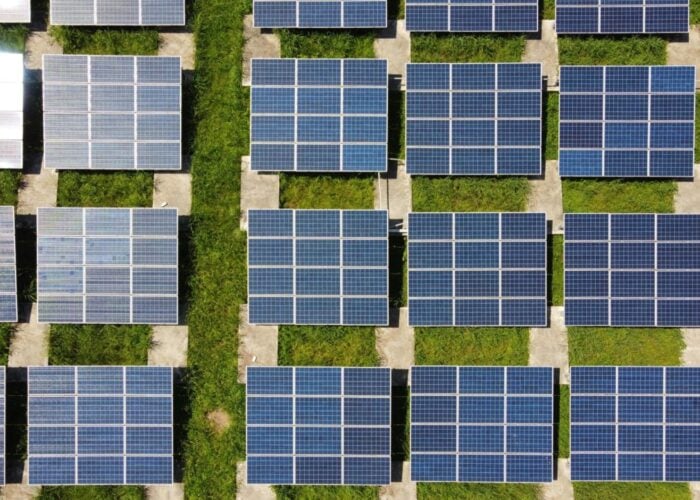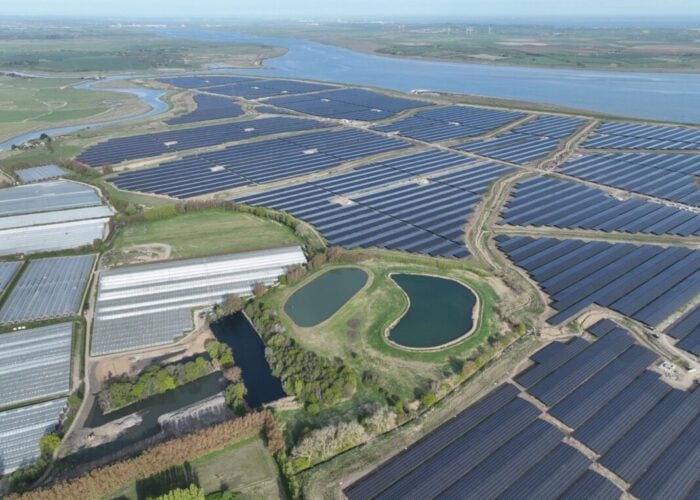More than one-third of residential solar installs in the US in Q1 2014 were done so without any state incentives, according to the latest quarterly Solar Market Insight report by GTM Research.
The study also predicts that the US could install 6.6GW of PV in 2014, more than double the 2012 total. A total of 1.33GW was installed in the quarter, 959MW of which was in California.
Unlock unlimited access for 12 whole months of distinctive global analysis
Photovoltaics International is now included.
- Regular insight and analysis of the industry’s biggest developments
- In-depth interviews with the industry’s leading figures
- Unlimited digital access to the PV Tech Power journal catalogue
- Unlimited digital access to the Photovoltaics International journal catalogue
- Access to more than 1,000 technical papers
- Discounts on Solar Media’s portfolio of events, in-person and virtual
“Residential system prices keep dropping and that’s notable in that module prices stabalised, even increased a little, in 2013 yet system prices for residential in particular keep dropping,” Shayle Kann, senior vice president, GTM Research told PV Tech. “It’s getting cheaper to install and the financing is better for the homeowners and the companies that are raising the funds. There’s also more awareness among homeowners that solar is a real economic option.
“As that happens we start to get to the point where that second layer of support at the state level is no longer necessary. Most of this is happening in California. It’s not happening everywhere yet,” added Kann.
The report also found a pre-contract utility-scale pipeline of 27.9GW.
“Anything that doesn’t yet have a power purchase agreement (PPA) is facing tough times generally. Most of the projects being built now, and those that already have PPAs in place, were procured as part of utilities’ Renewable Portfolio Standards (RPS). Across the major states that have created the bulk of that demand, the utilities are procuring less because they have signed up the bulk of the PPAs that they need to meet or exceed near-term RPS targets,” said Kann.
Those projects now have three options Kann said.
They can find a municipal utility to procure the project even if they don’t have an RPS. Alternatively they can sign a PPA at a rate that is competitive with other sources such as natural gas or they can look to achieve merchant terms.
Kann pointed out that two projects are targeting merchant status in Texas but this could be harder to achieve in other states for the moment.
“The majority of that 28GW will hit serious stumbling blocks and not come online. It’s a tough time to be an early-stage project developer. But because those three opportunities are out there, the strategic developers will still find a home for their projects,” he said.







